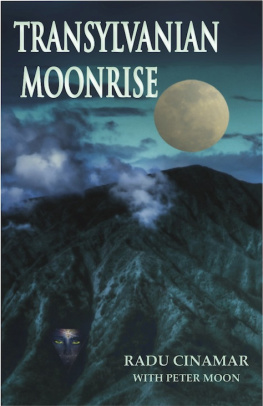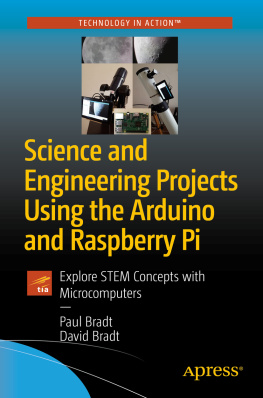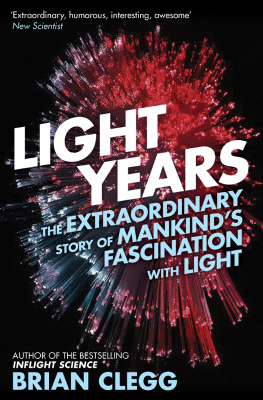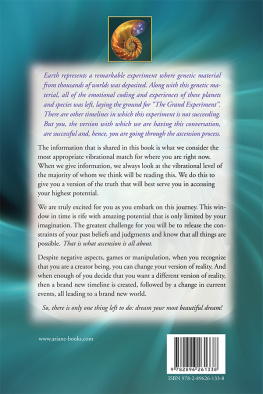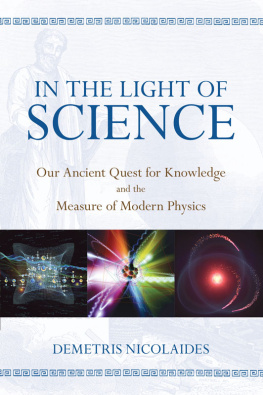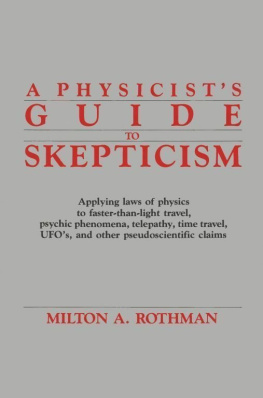Introduction by Peter Moon
In 1986, Preston Nichols shocked and dismayed the United States intelligence community when he publicly announced to a group of approximately 300 people in Chicago his role in a secret black project held on Long Island. Officially known as the Phoenix Project to intelligence and military circles, this activity has been become colloquially known as the Montauk Project (named after the location of the project which was at Montauk, New York) and is the subject of a popular book entitled"The Montauk Project: Experiments in Time" by Preston Nichols with Peter Moon. This book, for which Mr. Nichols is most famous, chronicled major events which involved secret sciences such as weather control and mind control. Allegedly, these developments led to full scale teleportation and materialization of objects which in turn led to the harnessing of time itself.
After publication of "The Montauk Project", investigation continued in an effort to substantiate such claims. This ultimately resulted in two subsequent books ("Montauk Revisited" and "Pyramids of Montauk") which corroborate that something of a very irregular nature did occur at Montauk and does so to this day. There are still more people coming forward that will attest to the reality of such a project.
Although Prestons research has been hailed by many and condemned by others, no one can deny that he possesses a mastery of electromagnetic technology and has been involved in covert government research. His professional opinions and advice are still sought after in these circles.
It is one aspect of Prestons connections to the secret sector which is to be the subject of this book: the field of UFOs. "Encounter in the Pleiades: An Inside Look at UFOs" is written in two parts. Part One is by Preston Nichols and concerns his intimate experiences with UFOs, aliens and their technology. It begins with Preston's personal encounters and how he boarded a UFO at the request of the military in an attempt to figure out how the vehicle was engineered. As the book continues, this secret is revealed in a step by step fashion that will leave you with a startling new look at reality and how UFOs function. Certain passages may get a little technical but the language used is non-intimidating and easy to understand. There is plenty of adventure as well.
The second part of this book is by myself, Peter Moon. I have served as Prestons ghost writer for his first three books and this work is our fourth collaboration together. Part Two begins with my own ventures into the paranormal and how these inextricably linked me to Preston Nichols and the UFO phenomena. I conclude by digging into the mythology of the Pleiades and demonstrating how these stars serve as a gateway to anyone trying to understand the phenomena of inner and outer space.
"Encounter in the Pleiades: An Inside Look at UFOs" will take you on an unprecedented journey in consciousness into the inner realm of the UFO phenomena. After you read this book, you will never look at the subject of flying saucers in quite the same way. Happy reading.
Appendix A Antique Saucers, by Preston B. Nichols
The UFO I have described in the main section of this book is a very advanced form of flying saucer. It has the typical operating system found inside the spherical ships and some of the flying discs. It is a complete state-of-the-art virtual reality system. There are also other types of flying craft around that I will now discuss. Although I have labeled them Antique Saucers, they are far ahead of mankinds popular technology.
The next level of technology down from the state-of-the-art UFO is the wedge shaped ship. This is similar to the more advanced craft in that it has input chairs for the occupants. There are anywhere from two to six input chairs depending upon the complexity of the craft. A major difference with this craft is that you can see a control panel of sorts. There are some knobs and buttons as well as video screens. I get the impression that one of the controls might be a startup button. The actual steering and navigation functions are still inputed by neurological means from the beings.
Rather than a crystal computer, the wedge ship has a more conventional style computer that uses a very advanced chip technology. This connects to equipment constructed in part from Earth materials such as silver, gold, platinum, iron, copper, and aluminium. You will also find alloys in the equipment that are literally impossible to find on Earth.
The wedge shaped ship has more normal looking technology than the advanced craft. It does however operate on the same principles of electrogravitation and reality manipulation in order to propel itself. The power is generated from some sort of radioactive pellet in the center of a crystal. The pellet has been identified as Element 115. I have heard multiple reports that the wedge ships have fusion or fission reactors. It depends on who you talk to. I have never seen one because it has to be taken apart to understand the exact nature of the reactor.
I believe there are separate weapons and communications systems in the wedge ship. The more advanced ships have these built into the other interfacing functions aboard the craft, all controlled through the operator.
The cigar shaped ships are likewise powered by Element 115 and use technology similar to ours except that they are somewhere between fifty to one hundred years ahead of us. They have one chair and a massive control panel for this ship. The systems are bigger and more diversified with most of the input coming from the control panel as opposed to beings in a chair. The cigar craft also uses an antigravity system and a generator.
The interesting point is that all the different saucers use the same frequency transform to generate their twisters and spinners (see Chapter Six for an explanation of these terms). In doing an electromagnetic signature analysis, I have not heard anything but one electromagnetic signature emanating from UFOs. Apparently, this one signature of 435 Mhz is universally used for the drives. If you know what to listen for in the radio bands, you can hear the signature and tell when a UFO is close by.
Appendix B The Particle Accelerator, by Preston B. Nichols
NOTE: The information in this appendix originally appeared in the book Pyramids of Montauk.
In the fall of 1993 a particle accelerator had been discovered as a result of me doing a video fly-by of Camp Hero. What appeared to be a large circle cut out of the foliage was identified as a particle accelerator by my friend Danny, a nuclear physicist. I was showing him overhead videos Id taken of the base. He got excited and asked me to freeze the frame. He then pulled out a diagram of a particle accelerator, held it up to the screen and began to identify the various parts of a particle accelerator.
Here is the beam line. Here is the maintenance port. Here is the cryogenics (the science that deals with the production of very low temperatures and their effect on the properties of matter) port. Down here is the particle injection point.
If one were to overlay Dannys particle accelerator diagram on my video screen, it would fit exactly where the Montauk circle appeared.
All of this sheds a new light on the Montauk Project. I began to research accordingly and studied particle accelerators. What I found was that a very large particle accelerator is used to feed smaller ones. I believe the larger one to be located at Brookhaven National Labs. Because of the energetic interactions that occur between the different accelerators, the smaller ones have to be located some distance from the main one. Montauk and the eastern end of Long Island were chosen as an ideal location for the smaller accelerators.

